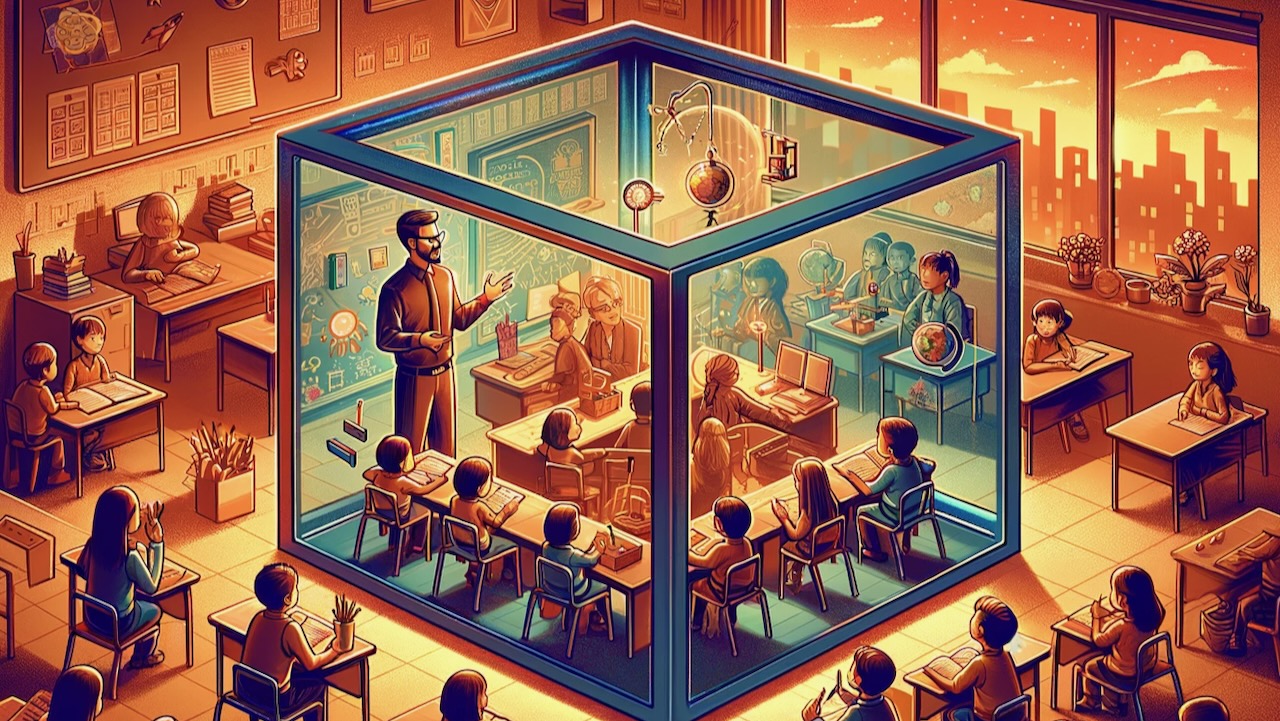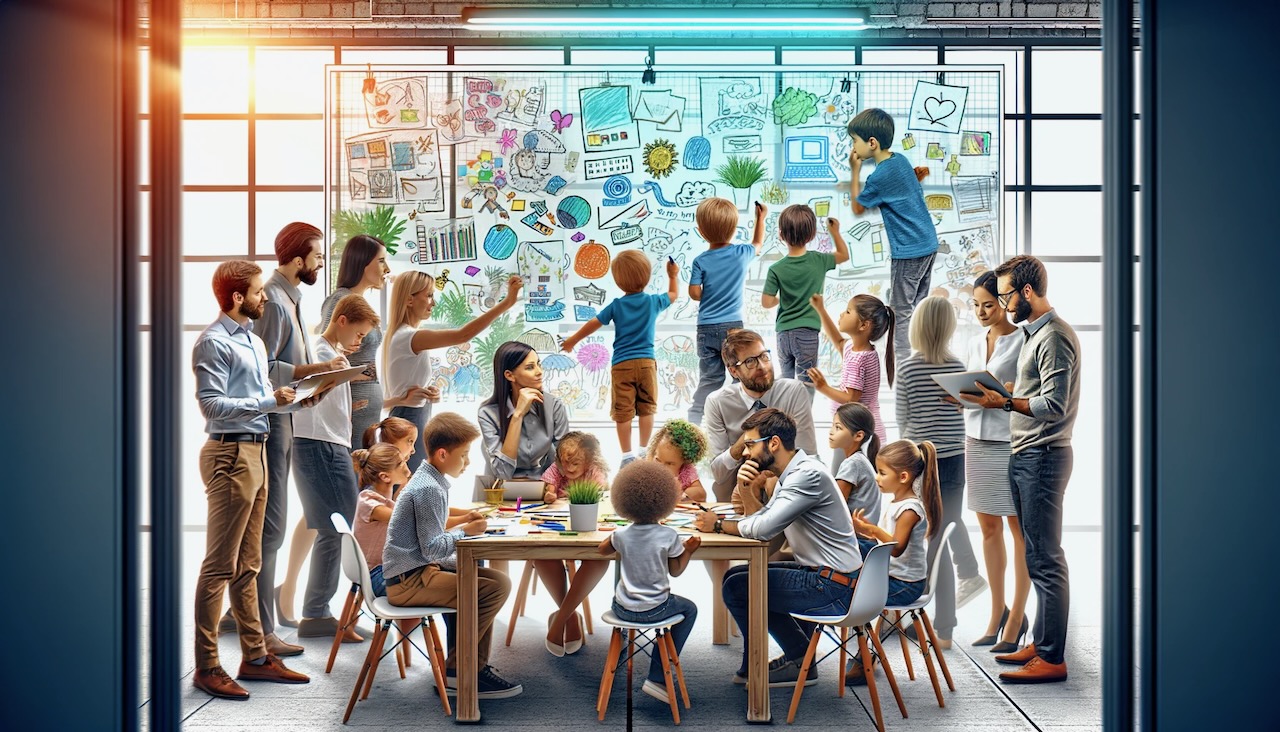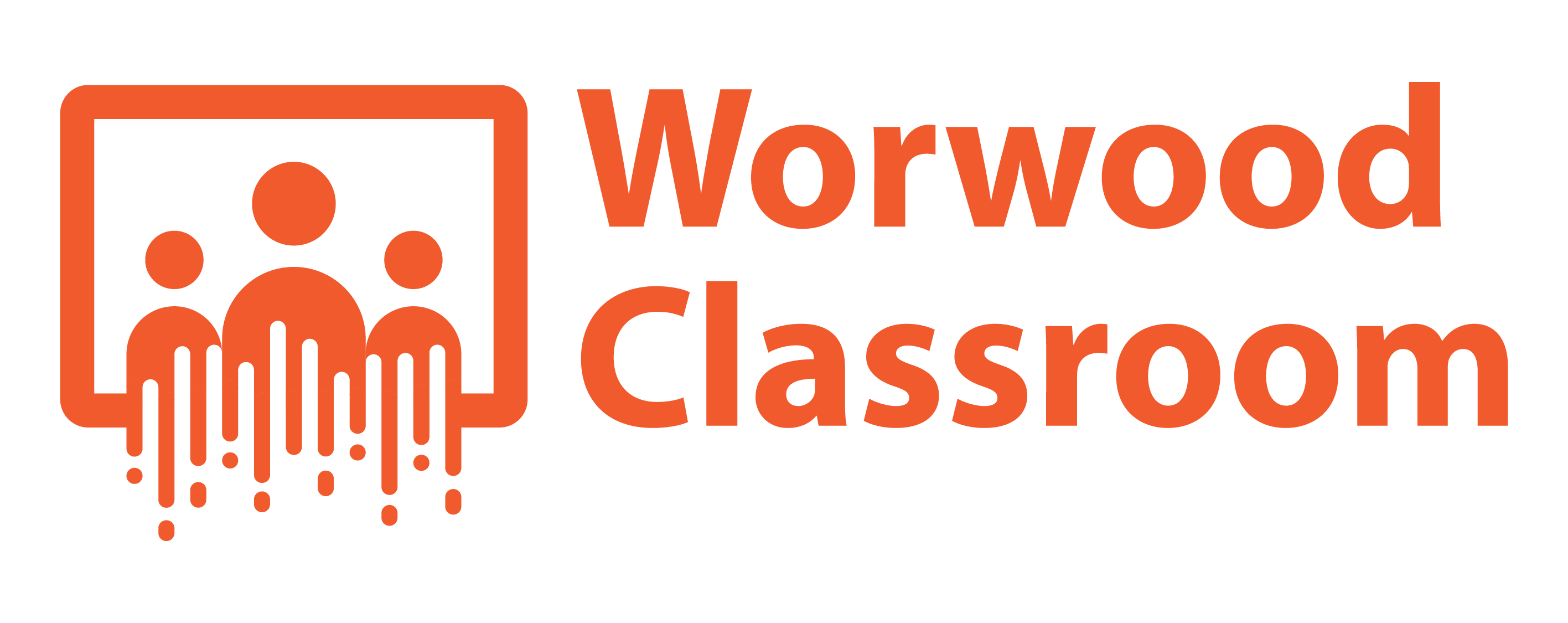Thinking Inside the Box: Teachers as Designers

Teachers are designers. We even have a related field of study called instructional design. Design is about solving problems and solving problems within the constraints of a box.
Matthew Worwood Tweet
As a sociocultural learning theorist who promotes the concept of teachers as designers, I recognize the influence of classroom environments and how they can influence teacher creativity. When engaging teachers and students in a learning experience, I also value dialogue among peers, which is why many of my creativity and design workshops include prompts to promote discussion.
You might like: Is Design Thinking Dead
Thinking Outside the Box
Most of my initial sessions begin with a short conversation to define creativity. As it is an elusive and subjective term, I offer an alternative option to generate a list of keywords or phrases that emerged during the conversation. The latter is always the popular choice.
Although we regularly use the term creativity in education circles, this experience is often the first time learning practitioners have had an opportunity to reflect on what creativity means to them; as such, the conversations produce a highly varied list of attributes. Some conform to the stereotypes associated with creativity – like the arts and imagination, but in education circles, most place student engagement as an item high on the list. However, without fail the most common statement is “thinking outside the box.”
The themes of originality, novelty, newness, and being different are essential avenues for creativity research, but the phrase “thinking outside the box” is not the best approach for viewing creativity when considering its context, its value, and its application for teaching in the classroom.
Teachers as Designers
Teachers are designers. We even have a closely related design field, called instructional design (more recently learning design). Design is about solving problems and solving problems within the constraints of a box. In my dissertation study, I found the “rigid” and “scripted” curriculum as a perceived barrier to teacher creativity. As was time, teacher evaluations, the administration, and a lack of support and resources. Now, let’s throw in the pandemic. I’m sure we can massively expand this list, but ironically, I feel the response to the pandemic showcased the massive creativity of the teaching profession. Despite the perceived barriers, many designed new ways to engage, evaluate, and conduct student learning successfully at a distance. And many of these approaches have continued post-pandemic.
Teacher creativity represents our actions in response to problems and the outcomes we produce because of those actions. The actions and outcomes are specific to the context of a teaching and learning environment; therefore, how we view a challenge like the curriculum and explore new resources to address that challenge is part of working inside the box.
We can’t change the curriculum but we can design new ways to share and engage students in the material. We can’t change the school schedule, but we can develop new, efficient ways to deliver feedback more quickly. We can’t always influence technology purchases; however, we can explore different functions and uses for what we already have. And finally, we certainly cannot change time, but we can get better at selecting ideas that work within time constraints.
Teacher Creativity
When developing learning experiences for educators, my initial work centers on helping teachers generate a list of problems in their classroom environment. I then have the teachers discuss these problems with colleagues and organize them into two categories; the first category represents the problems we can address – opportunities. In contrast, the second category represents the problems we can’t address – constraints.
After teachers have solidified these two groups, I take them through other design-based activities that identify an opportunity to innovate despite the known – and more importantly – acknowledged constraints of the box. Next, the teachers reflect on the needs and wants of the various student groups that comprise the audience before engaging in an iterative process and finishing up with idea validation.
You can learn more about my philosophy on Teacher Creativity by reading my Professional Development Manifesto for Teacher Creativity or connecting with me on LinkedIn.

Teachers are designers. We even have a related field of study called instructional design. Design is about solving problems and solving problems within the constraints of a box. That’s why teachers must think inside the box.

Why it might be time to re-evaluate our approach to teaching Divergent Thinking in the Classroom? All the times we say "come up with ideas" but in reality the time constraints or lack of knowledge

AI Literacy can help students know when they are most likely to experience errors, bias, and the potential for misinformation, which might help emphasize the value of human judgment. And understanding how generative AI uses prompts to make predictions can assist future creatives in ideation.

As a mindset, design thinking remains highly relevant across various fields and contexts; design thinking is a collection of principles promoting data use to validate ideas and inform how we solve real-world problems.
Matthew Worwood
I am a professor of Digital Media Design with a research focus on Design Thinking, Teacher Creativity, and technology-assisted creativity. I co-host the Fueling Creativity in Education podcast, blog at DadsforCreativity.com, and I have almost two decades of experience developing new innovative programs across the grades.
